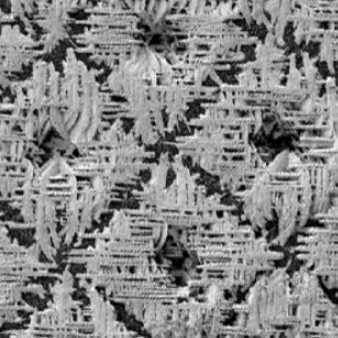Abstract
Compared with their three-dimensional (3D) counterparts, low-dimensional metal halide perovskites (2D and quasi-2D; B2An−1MnX3n+1, such as B = R-NH3+, A = HC(NH2)2+, Cs+; M = Pb2+, Sn2+; X = Cl−, Br−, I−) with periodic inorganic–organic structures have shown promising stability and hysteresis-free electrical performance. However, their unique multiple-quantum-well structure limits the device efficiencies because of the grain boundaries and randomly oriented quantum wells in polycrystals. In single crystals, the carrier transport through the thickness direction is hindered by the layered insulating organic spacers. Furthermore, the strong quantum confinement from the organic spacers limits the generation and transport of free carriers. Also, lead-free metal halide perovskites have been developed but their device performance is limited by their low crystallinity and structural instability. Here we report a low-dimensional metal halide perovskite BA2MAn−1SnnI3n+1 (BA, butylammonium; MA, methylammonium; n = 1, 3, 5) superlattice by chemical epitaxy. The inorganic slabs are aligned vertical to the substrate and interconnected in a criss-cross 2D network parallel to the substrate, leading to efficient carrier transport in three dimensions. A lattice-mismatched substrate compresses the organic spacers, which weakens the quantum confinement. The performance of a superlattice solar cell has been certified under the quasi-steady state, showing a stable 12.36% photoelectric conversion efficiency. Moreover, an intraband exciton relaxation process may have yielded an unusually high open-circuit voltage (VOC).
